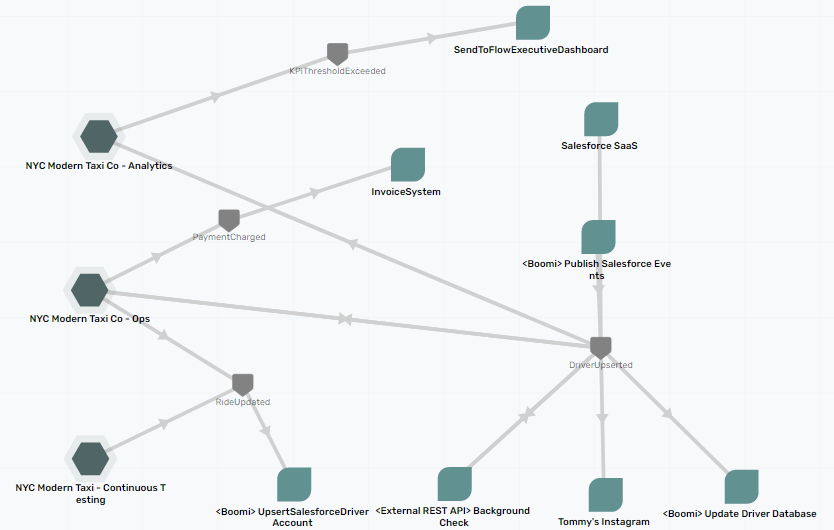What is distribnuted tracing?
Distributed tracing is one effective technique for tracking and examining the movement of requests. It assists in locating and resolving performance issues by tracking a request’s journey as it moves through several services. Gaining an understanding of the working of distributed tracing may significantly increase system efficiency and dependability.
Here are five ways distributed tracing follows a request’s path through various services.
Generates unique identifiers
Every request is given a unique identification using distributed tracing. The request may be followed as it navigates via several services thanks to its identification. Even with intricate systems, you can track the request’s path by utilizing this identity.
Captures detailed logs
Distributed tracing records comprehensive logs, complete with timestamps and metadata, at each service. These logs show how long it takes for each service to handle a request, which may be used to pinpoint any sluggish or broken parts.
Visualizes the entire request flow
Distributed tracing technologies provide an intuitive visual representation of the whole request flow. By displaying the interactions between the request and each service, this visualization facilitates the identification of system problems or bottlenecks.
Links related spans
A request’s route is split into spans in distributed tracing, each of which represents a section of the path via a particular service. The sequence and interaction of services are visible because to the linking of these spans, which display the entire flow.
Helps in performance optimization
Distributed tracing helps enhance performance by watching the progress of a request and identifying slow services. It enables you to precisely identify the locations of delays so that you may modify the system in those areas.
To sum up
Distribution tracing is necessary to track a request’s journey across several services. Distributed tracing makes sure complicated systems function smoothly and effectively by creating unique identifiers, gathering thorough logs, visualizing the flow, connecting spans, and improving performance.
















